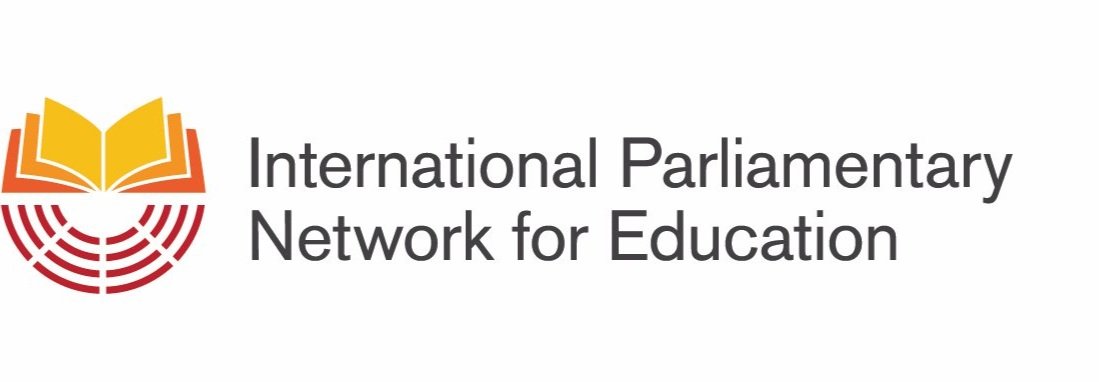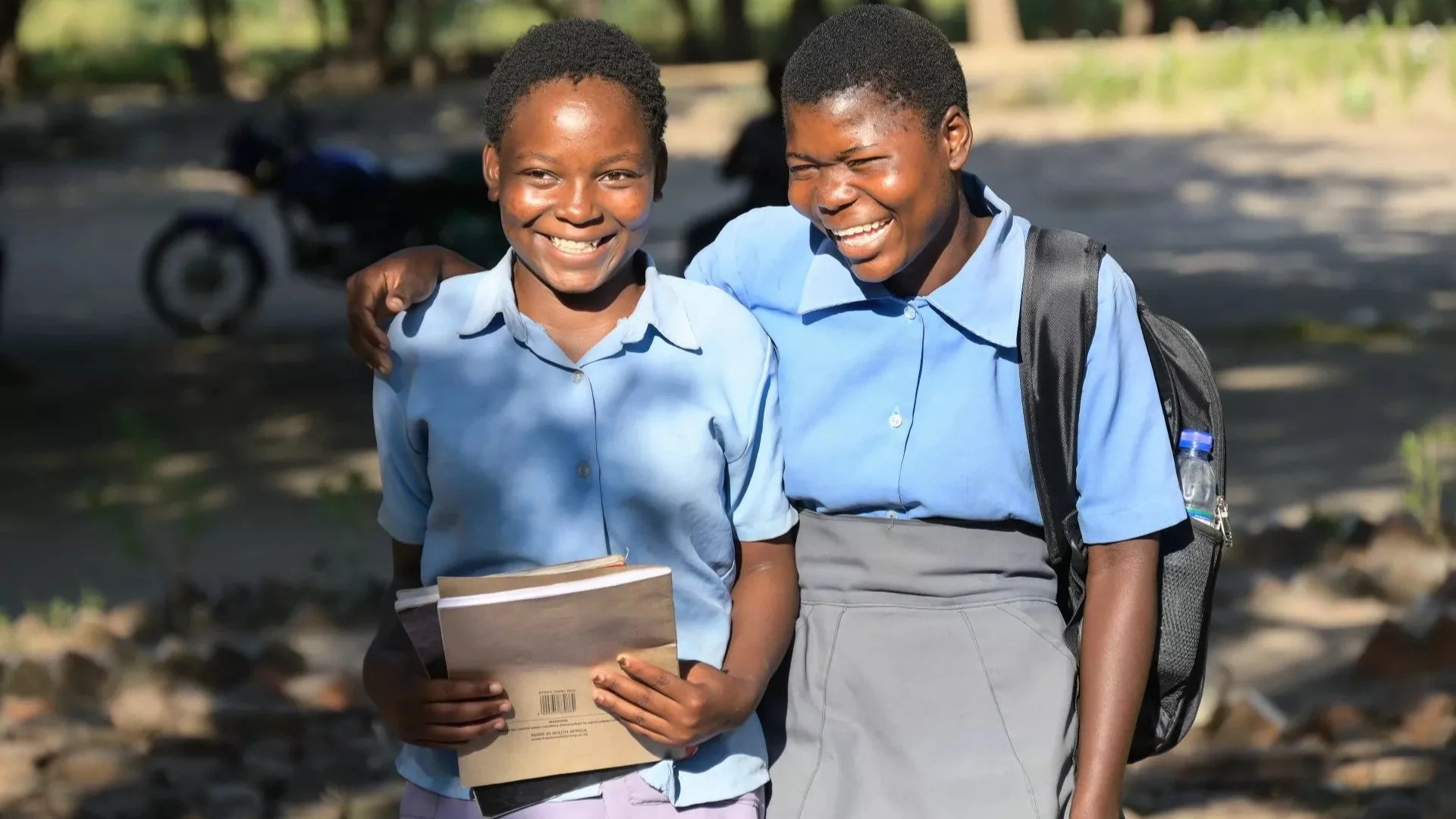Recognising girls’ right to quality education on the International Day of the Girl 2024
On the eve of the International Day of the Girl 2024, we reflect on the gains achieved in girls’ education in the last two decades.
Yet girls face unique challenges preventing them from accessing quality education. Their education is even more at risk in contexts of conflict, fragility and violence.
We must act now to ensure every girl can fulfil her potential and participate meaningfully and productively in society.
The International Day of the Girl, which is commemorated on October 11, was inaugurated on 19th December 2011 at the United Nations General Assembly to recognise the rights of girls and the unique challenges girls face around the world.
This year’s theme is ‘Girls’ vision for the future’ seeks to convey both the need for urgent action and persistent hope, driven by girls’ voices and their vision for the future.
Education is a crucial tool for girls to achieve their visions for the future. It provides them with skills, knowledge and the ability to shape their own life.
There have been significant gains in girls’ access to primary and secondary education. Globally, primary and secondary school enrollment rates are almost equal where 92% of boys are enrolled and 90% of girls. Almost two-thirds of all countries have reached gender parity in primary school enrollment.
Among 97 countries with available data, statistics show that from 2016 to 2019, only 2 countries had a small gap favouring boys in respect of reading. In the other 95 countries, girls with a minimum proficiency level were, on average, achieving 10 percent higher than the same share of boys.
Furthermore, globally at the end of lower secondary school, for every 100 boys that are proficient in reading, there are 115 proficient girls.
However, there are still big gaps in respect of education in some places.
A concerning forecast for girls’ futures
In contexts affected by fragility, conflict and violence (FCV), girls are 2.5 times more likely to be out of primary school than boys. They are also 90% more likely to be out of secondary school than those in non-FCV contexts.
Since the Taliban retook power in 2021 in Afghanistan, girls’ right to education has been severely curtailed. Girls have been banned from secondary schools and higher education since 2022, and despite primary school enrolment still being allowed, nearly 30% of Afghan girls haven’t been to school.
Even in places where girls start school alongside boys, girls are much more likely to drop out of school as the years progress. This can be due to pressures around a lack of income for food, transport, school fees, uniforms, and essentials like menstrual products.
Girls also face the dangers of early or forced marriage, early pregnancy and gender-based violence. Without the possibility of accessing education, girls’ futures are severely diminished and their potential stunted.
This paints a picture outlining not only a violation of girls’ right to education, but a seriously concerning forecast for what a girl’s future holds.
Bringing to light the unique challenges girls face today, we call upon parliamentarians to champion the rights of girls worldwide this International Day of the Girl.
The case for girls’ education
Evidence shows that empowering girls and ensuring their right to a quality education benefits wider society in multiple ways.
Investing in girls’ education is one of the smartest investments a country can make. Investing 1.53 USD per day, per girl to achieve universal secondary school completion can help developing economies expand their GDP by an average of 10% by the year 2030.
Just one additional year of schooling can increase a girl’s potential earnings by up to 20%.
Yet limited educational opportunities for girls have been estimated to cost 15 to 30 trillion USD in lost lifetime productivity and earnings.
Girls' education is therefore an investment that grows economies and ensures every girl has the opportunity to reach her full potential.
Keeping girls in school with access to a quality education being taught relevant skills opens the doors for girls to exercise agency and be confident about their futures. It is one of the most effective ways to prevent child marriage thus giving girls more safety and freedom from violence and harmful practices.
The future for our girls today has not been written. Now is a critical time to act - to ensure their life trajectory allows them to fulfil their potential.
Educating girls is an undeniably powerful driver of progress, not just for individuals but for entire communities and nations.
It helps break the cycle of poverty, promotes gender equality, and leads to better health, nutrition, and education outcomes for future generations.
By advocating for and investing in girls’ education today, we are fighting for a brighter, more equitable future for all.
On this International Day of the Girl, we must reaffirm our commitment to ensuring every girl, no matter where she is born, has access to quality education.



